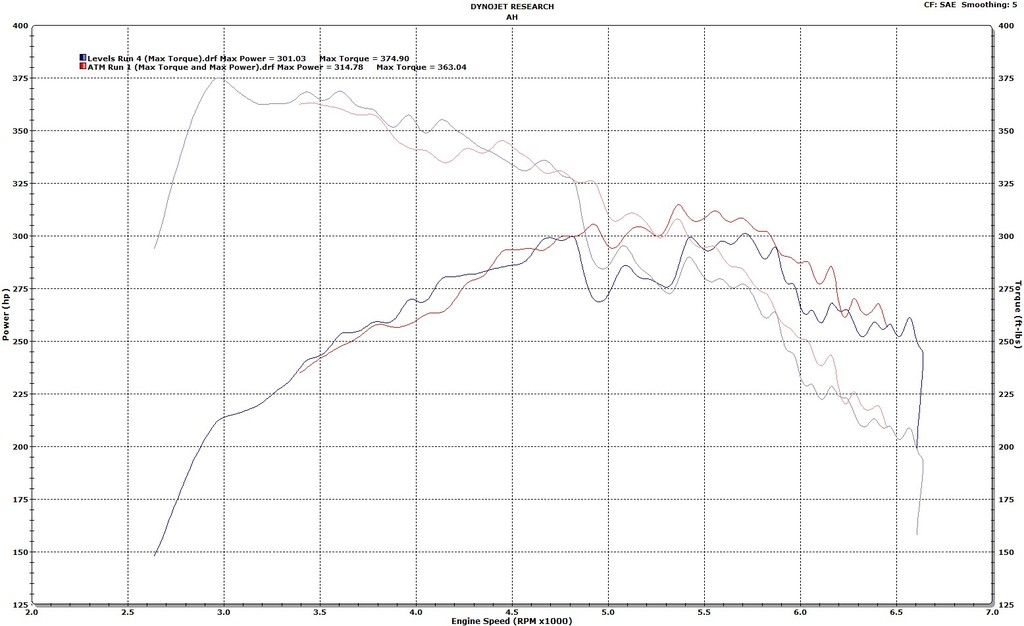TheLion
Well-Known Member
Any of the stock engines that failed, failed due to mechanical manufacturing defect. There is no 100% so that statement is quite absurd. And your implying all of these manufacturer's are faking their dyno data...interesting enough all of these manufacturers are using CAI"s that draw cold air from the front and not fender well CAI's.You're right. Why would companies SELLING intakes say their product is inferior. A little biased huh?
And stock motors are blowing too. Damn ford must not know a damn thing either! Crazy!
Your welcome to use what ever tuner you like, doesn't matter to me. They all have their merits depending on your goal. But to suggest there are no benefits to higher flowing intakes is counter intuitive to the natural properties of a vacuum system...lol. Can't get around it. Did anyone consider it's possible that tuner made a mistake in his testing? Doesn't mean he isn't capable of making fast cars, but not EVERYTHING he says or does is necessarily true or the best way. CAI's would be one of them.
We could apply your statement about vendors wanting to sell CAI's to the above mentioned tuner, he wan'ts to get your business and may be willing to say or do what ever he needs to in order to maintain / promote that business, including going against the grain to stand out, refusing to admit an error to avoid looking foolish etc...I'm only playing devils advocate here for the sake of argument, I'm not suggesting he is actually doing those things.
Regardless of what any of us believe, air flow and air temperature matters as well as how testing is conducted. There are benefits to after market air boxes over the stock air box, mostly in the fact that the conical filters have lower restriction and higher dust capacity. They also provide better throttle response AND their true benefits will only been in real world testing, dynos can hid some of the benefits because of their limits. The same applies to inter coolers and radiators in terms of how they perform on a dyno vs. in the real world. Believe what you will, but for the sake of not hijacking ATM's thread here I"m going to stop this argument weather you agree with me or not.
Lets get back to inter coolers and charge piping, shall we?
Sponsored


